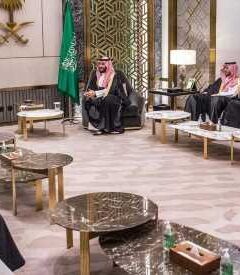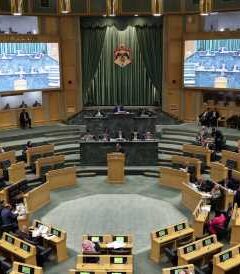Home » Middle East »
Iran nuclear crisis in 300 words
A landmark nuclear deal between Iran and world powers appears close to collapse. Here’s an overview of the tensions and mistrust.
What is the essence of the deal?
Suspicions that Iran was using its nuclear energy programme as cover to develop a nuclear bomb prompted the UN, US and EU to impose sanctions with the aim of persuading the country to curb its sensitive nuclear activities.
Iran insisted its nuclear programme was peaceful, but in 2015 it reached a deal with six countries – the US, UK, France, China, Russia and Germany.
It agreed to limit the enrichment of uranium, which is used to make reactor fuel but also nuclear weapons; redesign a heavy-water reactor being built, whose spent fuel would contain plutonium suitable for a bomb; and allow inspections by a global watchdog.
In return, relevant sanctions were lifted, allowing Iran to resume oil exports – the government’s main source of revenue.
What prompted the latest crisis?
The administration of US President Donald Trump abandoned the deal in May 2018 and began reinstating sanctions. In November, those targeting Iran’s oil and financial sectors took effect.
They have triggered an economic meltdown in Iran and soaring inflation.
Iran has now responded by scaling back its commitments under the deal.
It suspended obligatory sales overseas of surplus enriched uranium and heavy water.
It also gave the five countries still party to the deal 60 days to protect Iranian oil sales from US sanctions. Otherwise Iran will suspend its restrictions on uranium enrichment and halt the redesign of its heavy-water reactor.
What does the US want?
Mr Trump says he wants to renegotiate the deal and broaden it to curb Iran’s ballistic missile programme and its involvement in conflicts around the Middle East.
Iran is adamant that the deal cannot be renegotiated.
Want to know more?
Source: Read Full Article



